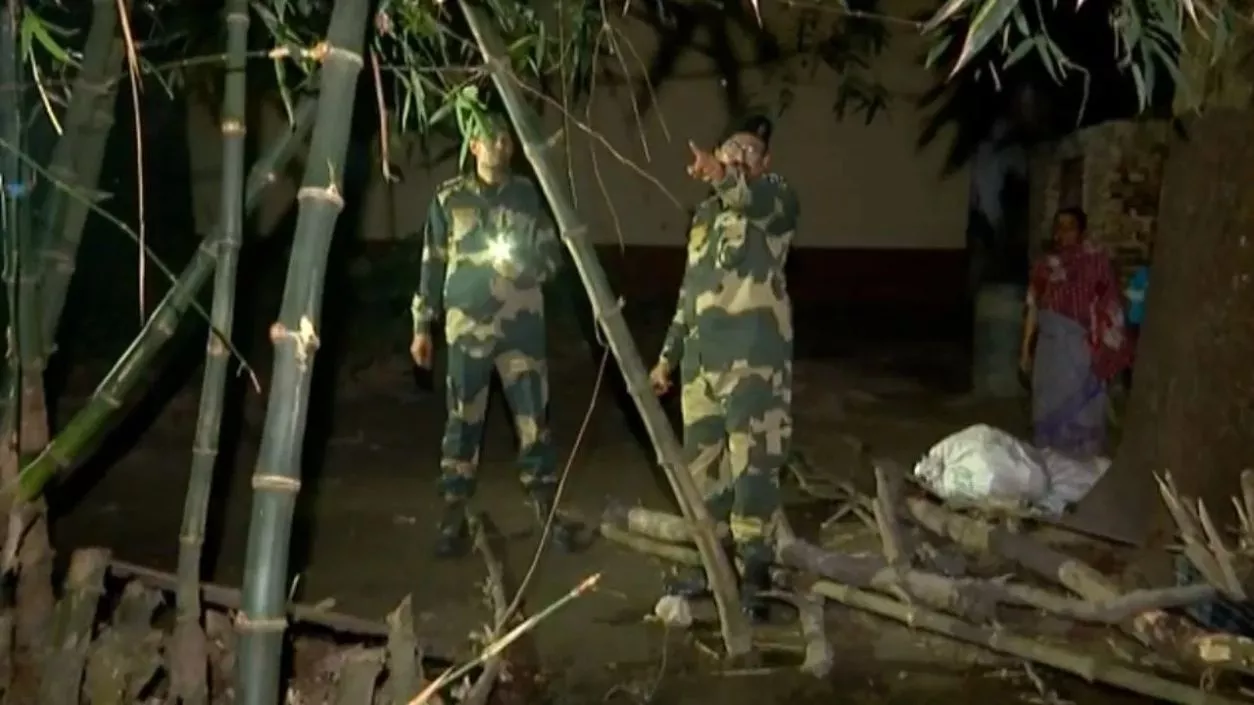.gif)
.gif)

The Border Security Force (BSF) has identified 135 black spot areas along the South Bengal Frontier, which are considered critical for cross-border infiltration and smuggling. These locations are frequently used by infiltrators and smugglers despite heightened security measures. The identification of these black spots is part of the BSF’s broader effort to strengthen its operations and prevent illegal activities along the border.
One of the most notable black spots lies along the Sonai River, located in the jurisdiction of the Tarali-1 Border Out Post (BOP) in Swarupnagar, North 24 Parganas. The river marks the natural boundary between India’s Tarali-1 area and Bangladesh’s Keragachhi area in Satkhira. The absence of barbed-wire fencing and proper lighting in this stretch increases its vulnerability to illegal activities. The river, though 14-15 feet deep, has gradually narrowed and transformed into a narrow stream, making it easier for smugglers and infiltrators to cross. The lack of proper fencing and lighting has exacerbated the security challenges in this area.
To address this, the BSF has stationed personnel every 500 to 700 meters along the river, tasked with monitoring the area during both day and night. In the absence of adequate illumination, BSF personnel rely on searchlights and night vision to patrol the area effectively. These jawans remain stationed even in extreme weather conditions, including fog, when visibility is poor. Despite these efforts, infiltration and smuggling activities continue unabated, with narcotics, weapons, and other contraband being transported swiftly across the border via the river.
Infiltrators also use the river as an easy route to cross from Bangladesh into India, taking advantage of the lack of security infrastructure in the region. This area has witnessed an increase in illegal crossings, especially during periods of internal unrest in Bangladesh, which leads to heightened movement across the border. In response, the BSF has increased its presence in these black spot zones, deploying additional forces to strengthen surveillance and security. Despite these efforts, BSF officials acknowledge that infiltration has not been fully eradicated, and the challenge of securing such porous and remote regions remains ongoing. The BSF continues to adapt its strategies to counter these threats, focusing on improving surveillance and increasing patrols to prevent further illegal activities.